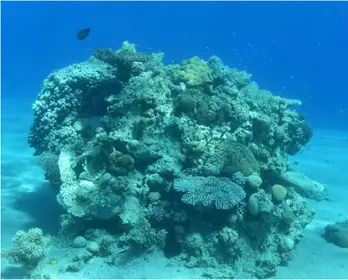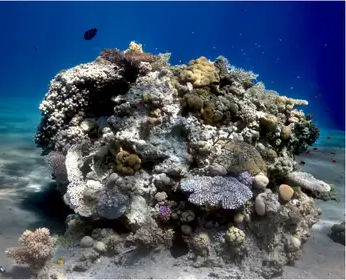| Sea-Thru Removes Water From Undersea Images |
| Written by David Conrad | |||
| Sunday, 24 November 2019 | |||
|
Underwater photography suffers from a challenging problem - the colors are distorted. The Sea-thru method of color correction acts to "remove the water” to reveal images with all their inherent vibrancy, saturation and color restored. Color correction of photographs taken under seawater is difficult because the coefficients that need to be tweaked have dependencies on factors other than the optical properties of the water. This has hindered the application of computer vision and machine learning methods to underwater image datasets because water masks many computationally valuable features of a scene. Developed by oceanographer Derya Akkaynak and Dr. Tali Treibitz of the Marine Imaging Lab (MIL) at the University of Haifa, the cleverly named Sea-thru algorithm uses computational photography methods to remove the effects of water and allows scientists to accurately re-calibrate the true colors of sea life. As Derya Akkaynak points out in this Scientific American video: Underwater images typically have an overwhelming color cast,green or blue, depending on where you tool them. Objects in the far distances are occluded by a layer of what we call back-scatter, but think of it as a layer of haze. So, the further you are from the objects in the scene, the more haze you get in the scene. She explains that colors fade because of the way light is absorbed and scattered as it travels through water and goes on to disclose the way she uses a color chart when scuba diving: Every time I see a reef with a large 3D structure I place my color chart at the base of the reef and then swim about 15 meters. Then I start swimming towards the color chart and photograph it from slightly different angles until I get to the reef and photograph its top and sides. Using the distance information and the photographs back in the lab she uses a mathematical formula to calculate the degradation pixel-by-pixel and eliminates it. This effectively “removes the water” from an underwater photograph. The result is a “physically accurate” image with all of the vibrancy, saturation and color of a regular landscape photo. Before:
After:
Full details of the computation are in the open access paper Sea-thru: A Method For Removing Water From Underwater Images, which concludes by stating: Sea-thru is a significant step towards opening up large underwater datasets to powerful computer vision and machine learning algorithms, and will help boost underwater research at a time when our oceans are increasing stress from pollution, overfishing, and climate change. More InformationSea-thru: A Method For Removing Water From Underwater Images (pdf). Related ArticlesComputational Photography Shows Hi-Res Mars Computational Photography Moves Beyond The Camera SoFi - A Robot Fish Contributes to Scientific Research ReefScouts - Swarm Water Robotics To be informed about new articles on I Programmer, sign up for our weekly newsletter, subscribe to the RSS feed and follow us on Twitter, Facebook or Linkedin.
Comments
or email your comment to: comments@i-programmer.info |
|||
| Last Updated ( Sunday, 24 November 2019 ) |




